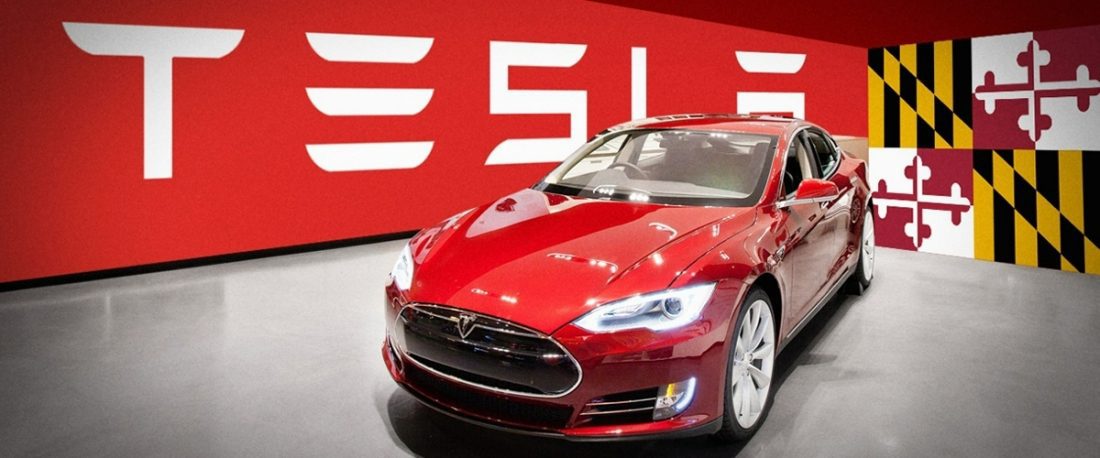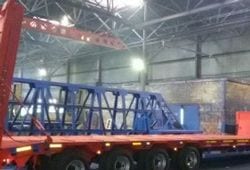
Tesla patents an electrolyte for lithium metal cells without an anode. Model 3 with a real range of 800 km?
Content
In May 2020, a laboratory powered by Tesla published research papers on lithium metal cells. Then it turned out that a special electrolyte had been developed that made it possible to increase the density of the cells and stabilize the lithium inside them. It has just filed a patent application.
Lithium metal is the future. The winner is the one who controls this squad.
Table of contents
- Lithium metal is the future. The winner is the one who controls this squad.
- Tesla Model 3 with a real range of 770 km? Maybe someday, before Semi or Cybertruck
The laboratory of Jeff Dunn, one of the largest lithium-ion experts in the world working for Tesla, has published the results of experiments with hybrid cells. These were classic lithium-ion cells, in which, however, the graphite anode was additionally coated with lithium. Typically, a metallic coating (metal coating, here: lithium) traps some of the lithium, which reduces the cell's capacity. A special electrolyte made a difference.
Dan argued that with the right pressure, he could pull the metal out of the graphite, which increased the cell's capacity (since it was determined by the number of lithium atoms that could migrate between the electrodes). This electrolyte is pending a patent..
> Tesla lab: new lithium-ion / lithium metal hybrid cells.

Tesla Model 3 with a real range of 770 km? Maybe someday, before Semi or Cybertruck
But that's not all. Research work has shown that this electrolyte can be used in lithium metal cells without an anode. (first from left in picture, AF / no anode). They offer 71 percent more capacity per volume liter (1,23 kWh / L, 1 Wh / L) than classic lithium-ion cells (230 kWh / L, 0,72 Wh / L), which means that in a can Tesla Model 720 batteries can fit 3 kWh rechargeable batteries.
This power would be sufficient to achieve 770 kilometers of real range... This is more than 500 kilometers on the highway!
> Combustion vehicles will stop selling after 2025. People will realize that they are out of date.
That said, don't expect Tesla to push for an expanding range of its cheapest electrician, at least not in the beginning. The Model 3 is currently the market leader in coverage. The Long Range version of the car should actually cover up to 450 kilometers, while competitors of the same size do not even reach 400 kilometers.
So you can guess that Lithium metal cells without anode will first go to the S and X models for research purposes, and then to Cybertruck and Semi.come to Model 3 / Y in the future.
And this will only happen when the laboratory will solve the problem of the short life of lithium metal cells... They currently last up to 50 charge cycles and, in the hybrid version with lithium-plated graphite anode, up to 150 full duty cycles. Meanwhile, the industry standard is at least 500-1 cycles.
Photo discovery: bits of lithium in oil so they don't react with air (c) OpenStax / Wikimedia Commons
This may interest you:

